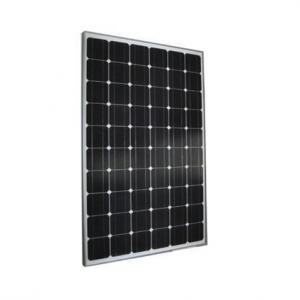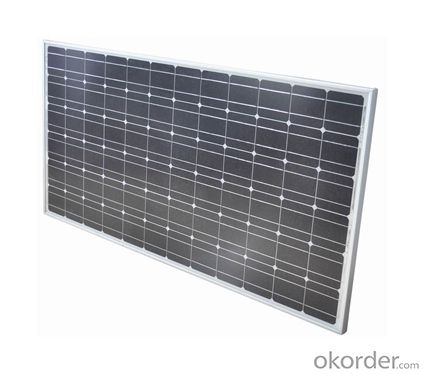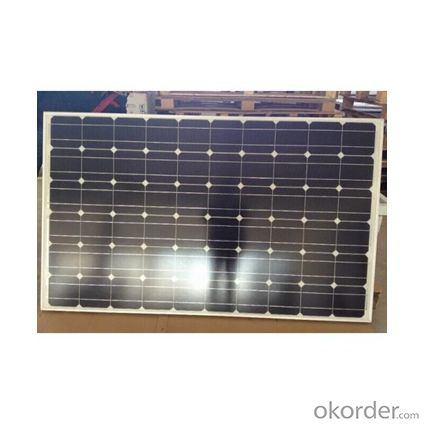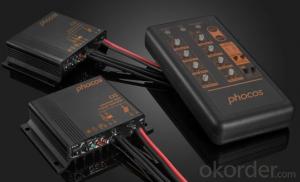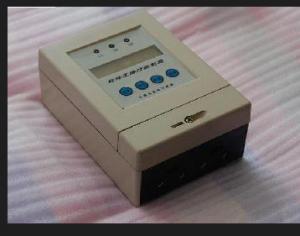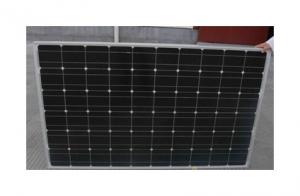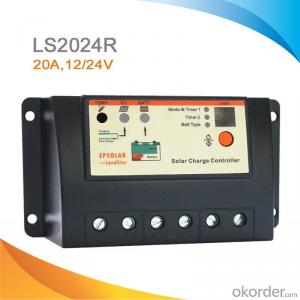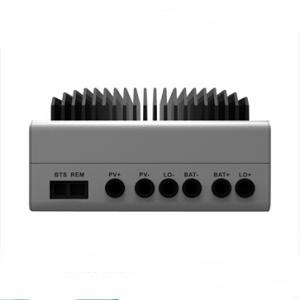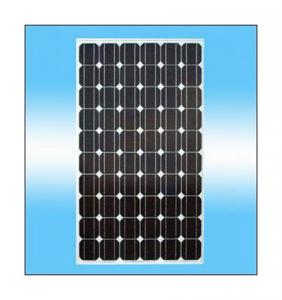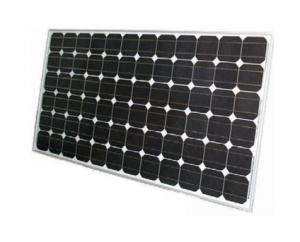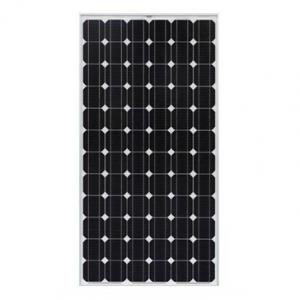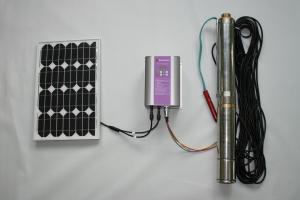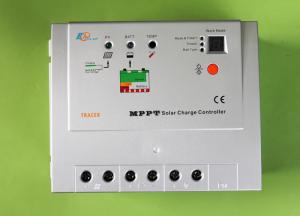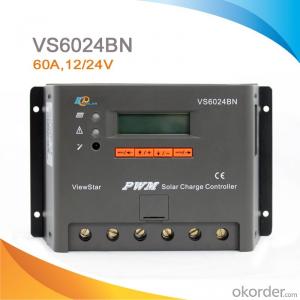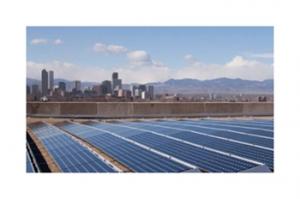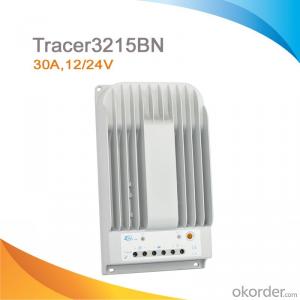Epever Solar Controllers Compatible Solar Modules Mono-Crystalline 125*125 260W Module
OKorder Service Pledge
OKorder Financial Service
You Might Also Like
Solar Module Descriptions:
Our modules are high efficiency photovoltaic modules using silicon nitride coated polycrystalline silicon cells. The solar module can produce maximum power output, even under weak light. It is able to resist moisture and etching effectively, and not affected by geology.
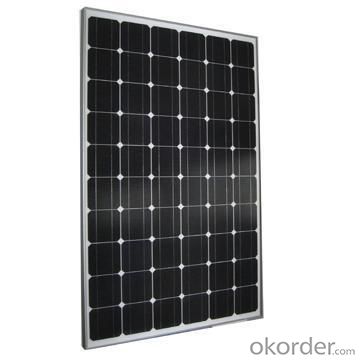
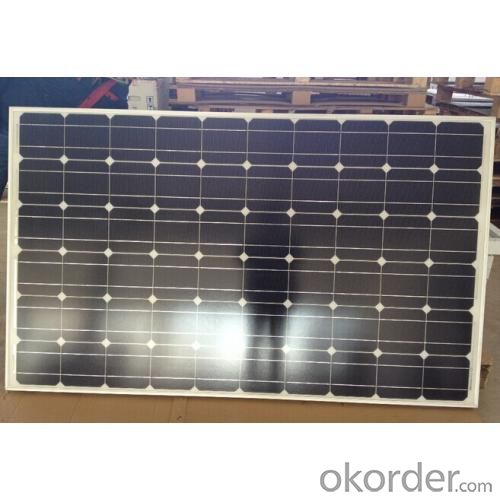
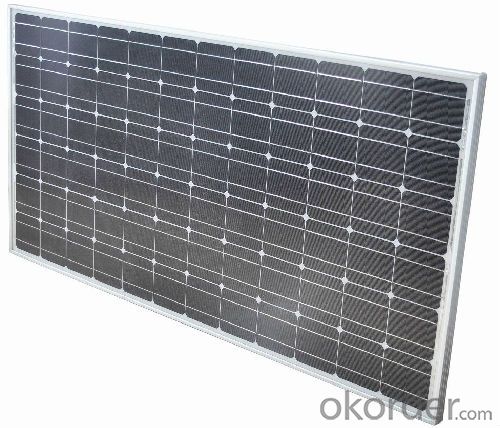
Electrical Characteristics
Max-power (W) | 260 |
Max-Power Voltage (V) | 52 |
Max-Power Current (A) | 5.01 |
Open-Circuit Voltage (V) | 62.9 |
Short-Circuit Current (A) | 5.50 |
Mechanical Characteristics
Cable type, Diameter and Length | 4mm2, TUV certified, 1000mm |
Type of Connector | Compatible with MC4 plug |
Arrangement of cells | 6*12 |
Cell Size | 125*125 |
Dimension | 1580*1069*45 |
Weight | 20.5Kg |
Glass, Type and Thickness | High Transmission, Low Iron, Tempered Glass 3.2mm |
Features
Guaranteed positive tolerance 0/+5w ensures power output reliability
Strong aluminum frames module can bear snow loads up to 5400Pa and wind loads up to 2400Pa.
Excellent performance under low light environments (mornings evenings and cloudy days)
12 years for product defects in materials and workmanship and 25 years for 80% of warranted minimum power.
Certifications and standards: IEC 61215.
Manufactured according to International Quality and Environment Management System (ISO9001, ISO14100).
FAQ
Q: What kind of loads can I run on PV?
With a correctly designed PV system you can power almost any electrical load. However, as the load size increases the expense also increases. Loads like hot water heaters, air conditioners, room heaters and electric stoves should be avoided. The added cost of trying to power loads like these is very cost prohibitive. If these loads have to be powered it will be a lot less expensive to change the appliance to use an alternative fuel type like propane.
Q: When do I need a charge controller and why?
The safest way to figure out if you need a charge controller is to take Battery Amp Hour Capacity and divide this by the Solar Panel max. power amp rating. If the quotient is above 200, you don't need a controller. If the number is less than 200 than you need a controller.
For example if you have a 100 amp hour battery and a 10 watt panel, you take 100 and divide it by .6 (600mA) and you get 166.6. Since this is less than 200 you need a charge controller. If you have a five-watt panel in the above example you take 100 divided by .3 (300mA) and you come up with 333.3. Since this is larger than 200 you do not need a charge controller. However you still need a blocking diode, to prevent the battery from discharging to the panel at night. So as a general rule of thumb you don't need a charge controller unless you have more than five watts of solar for every 100-amp hours of battery capacity.
Q: What is PV & how does it work?
PV stands for photovoltaic. Photo = Light and Voltaic = Electricity. A solar cell converts light to electricity.
A solar cell is made of silicon. Computer chips are made of this same material. Basically, when light strikes the surface of a solar cell some of it is absorbed into the silicon. This light energy bumps the electrons loose and causes energy to flow.
By packaging approximately 36 solar cells together a solar panel or a solar module is created. When you have more then one solar panels you create a solar array.
- Q: Can a solar controller be used in extreme weather conditions?
- Yes, a solar controller can be used in extreme weather conditions. Most solar controllers are designed to withstand a wide range of weather conditions, including extreme temperatures, high humidity, and even heavy rain or snow. However, it is important to choose a high-quality controller that is specifically designed for outdoor use and can handle the specific weather conditions in your location.
- Q: Can a solar controller be used with a solar-powered telecommunications network?
- Yes, a solar controller can be used with a solar-powered telecommunications network. A solar controller, also known as a charge controller or solar regulator, is an essential component of a solar power system. It regulates the amount of charge going into the batteries from the solar panels to prevent overcharging and prolong battery life. In a solar-powered telecommunications network, solar panels generate electricity from sunlight, which is then stored in batteries to power the network's equipment. A solar controller ensures that the batteries are charged efficiently and effectively by regulating the voltage and current from the solar panels. This helps maintain the optimal charging levels and prevents any damage to the batteries. The solar controller also provides additional functionalities such as temperature compensation, equalization charging, and load control. These features help to optimize the charging process, protect the batteries from extreme temperatures, and manage the power consumption of the network's equipment. Overall, a solar controller is essential for maintaining the performance and longevity of the batteries in a solar-powered telecommunications network. It ensures a reliable and efficient power supply, even in remote locations where access to the electrical grid is limited.
- Q: What is a solar controller?
- Can control the solar street light, the switch controller is the solar controller; domestic well-known brands should be far away power and the exchange of energy to the sun in the science and technology in Beijing; we are the power to do LED lighting business is brand goods
- Q: What are the different types of solar controllers available?
- There are three main types of solar controllers available: PWM (Pulse Width Modulation) controllers, MPPT (Maximum Power Point Tracking) controllers, and basic on/off controllers.
- Q: Can a solar controller be used with a solar inverter?
- Yes, a solar controller can be used with a solar inverter. A solar controller is responsible for regulating and managing the charge from the solar panels to the batteries, while a solar inverter converts the DC power produced by the solar panels into AC power that can be used to power household appliances. Both devices work together in a solar power system to ensure efficient energy production and usage.
- Q: Can a solar controller be used with solar panel theft prevention systems?
- Yes, a solar controller can be used with solar panel theft prevention systems. The solar controller helps regulate the flow of energy between the solar panels and the batteries, ensuring optimal charging and preventing overcharging or damage. By integrating the solar controller into the theft prevention system, it can enhance its functionality by providing real-time monitoring and control of the solar panel system, making it more secure against theft attempts.
- Q: Are there any safety features built into solar controllers?
- Yes, solar controllers typically have safety features built-in to protect the system and users. Some common safety features include overcharge protection, short circuit protection, reverse polarity protection, and temperature compensation. These features help prevent damage to the batteries and ensure the safe operation of the solar system.
- Q: How do you troubleshoot common issues with a solar controller?
- To troubleshoot common issues with a solar controller, you should first check the connections to ensure they are secure and free from corrosion. Next, verify that the solar panels are receiving adequate sunlight and that they are connected properly to the controller. Additionally, examine the battery connections and ensure they are clean and tightly connected. It's crucial to inspect the controller's display for any error codes or abnormal readings, which may indicate a malfunction. Finally, consult the manufacturer's manual or online resources for specific troubleshooting steps and contact technical support if further assistance is needed.
- Q: Can a solar controller be used with solar panel arrays in parallel?
- Yes, a solar controller can be used with solar panel arrays in parallel. The solar controller regulates the charging and discharging of the batteries in the system, ensuring that the solar panels are operating efficiently and effectively. It doesn't matter if the solar panels are arranged in parallel or series, as long as the total voltage and current ratings are within the controller's specifications.
- Q: Can a solar controller be used with solar-powered indoor parking facilities?
- Yes, a solar controller can be used with solar-powered indoor parking facilities. Solar controllers are designed to regulate the flow of electricity between the solar panels and the batteries, ensuring optimal charging and preventing overcharging. In solar-powered indoor parking facilities, the solar controller would play a crucial role in managing the energy generated by the solar panels and efficiently storing it in the batteries for later use.
Send your message to us
Epever Solar Controllers Compatible Solar Modules Mono-Crystalline 125*125 260W Module
OKorder Service Pledge
OKorder Financial Service
Similar products
Hot products
Hot Searches
Related keywords
